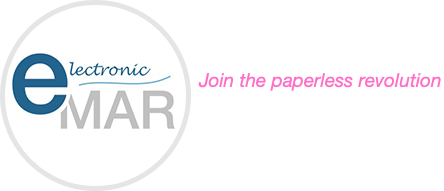Electronic Health Records (EHRs) are one of the popular types of medical record systems. They are important for the right care and treatment of patients. They are digital records of an individual’s medical history, medicines, allergies, and much more. Using this data, doctors can make crucial decisions for their patients. EHR comprises several components. Below, we outline some of these components:
- Patient Demographics
This includes details such as the patient’s name, address, contact information, date of birth, gender, and other relevant identification data. It’s vital that this information is always up-to-date and accurate to ensure the right care and communication between healthcare providers and the patient.
- Medical History and Problem Lists
A thorough medical history allows doctors to devise appropriate treatment plans for a patient. In this section, healthcare professionals can access records of previous illnesses, chronic conditions, allergies, medicines, surgeries, vaccinations, and family medical history. Problem lists detail current health issues and assist in prioritising treatment plans.
- Laboratory and Diagnostic Test Results
EHRs can feature a broad spectrum of diagnostic data. This includes laboratory test results, imaging reports, electrocardiograms (ECGs), and other diagnostic test findings. Immediate access to these results enables healthcare professionals to address any concerns swiftly, leading to quicker diagnoses and improved patient outcomes.
- Medication Management
It provides an exhaustive list of medicines, recommended dosages, possible medicine interactions, and adverse reactions. This not only reduces the risk of medication mistakes but also ensures that instances of repeated prescriptions and adverse drug interactions are significantly reduced.
- Clinical Notes and Documentation
EHRs enable healthcare providers to record detailed diagnoses and outline the recommended treatment plans. This becomes especially important when multiple doctors are collaboratively caring for a patient. A brief look at the notes and documentation keeps healthcare professionals informed of any changes in the patient’s treatment, medicines, and more.
- Vital Signs and Measurements
EHRs often include care plans and treatment protocols tailored to a patient’s specific conditions. These plans provide a unified approach to care, ensuring consistent and evidence-based treatment across various healthcare settings and providers.
EHRs record essential signs such as blood pressure, heart rate, temperature, and respiratory rate. Also, they capture details such as a patient’s height and weight. By tracking these figures over a period, doctors can identify patterns and emerging health issues.
- Care Plans and Treatment Protocols
Due to the confidential nature of patient health data, EHRs come with strong security features to guard against data breaches and unauthorised access. Rigorous privacy standards are upheld to meet regulations, ensuring patient confidentiality and fostering trust in the system.
Many Electronic Health Record (EHR) systems incorporate an Electronic Medication Administration Record (eMAR) module. It tracks all aspects of medicine administration, including the drug name, dosage, timing, and route of administration. It ensures that the right patient receives the right medicine at the right dose, at the right time, and via the right route. To know more about how eMAR can benefit care facilities, check this useful read.







